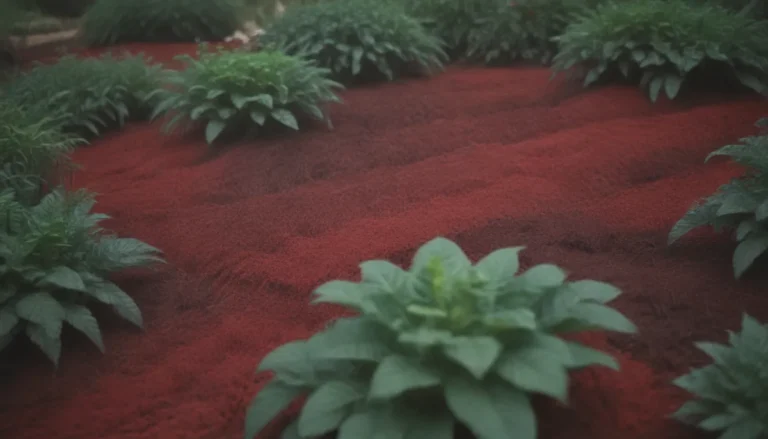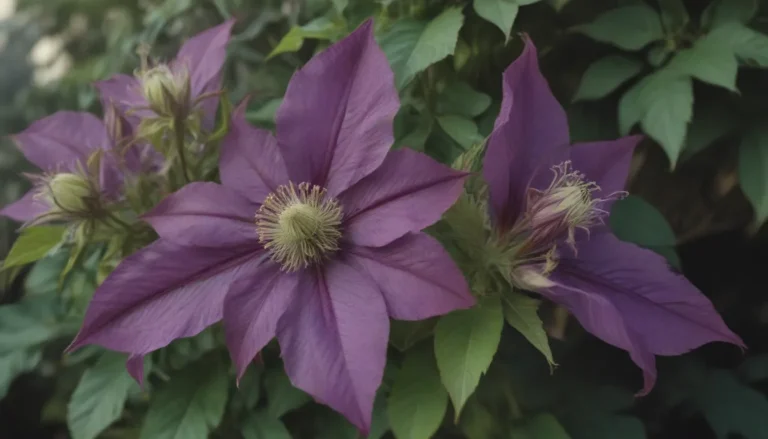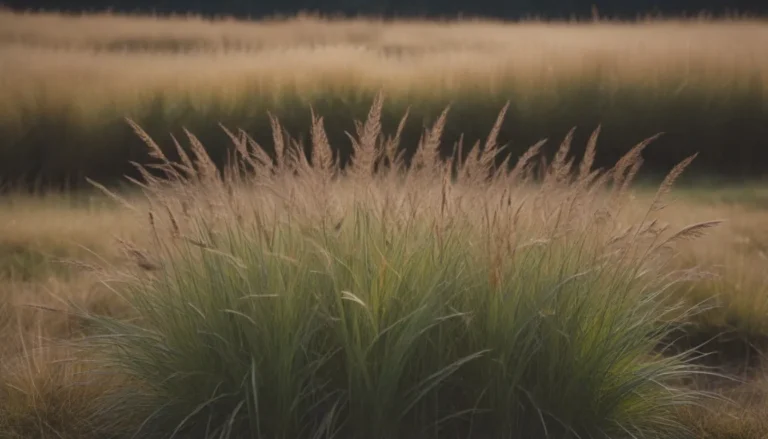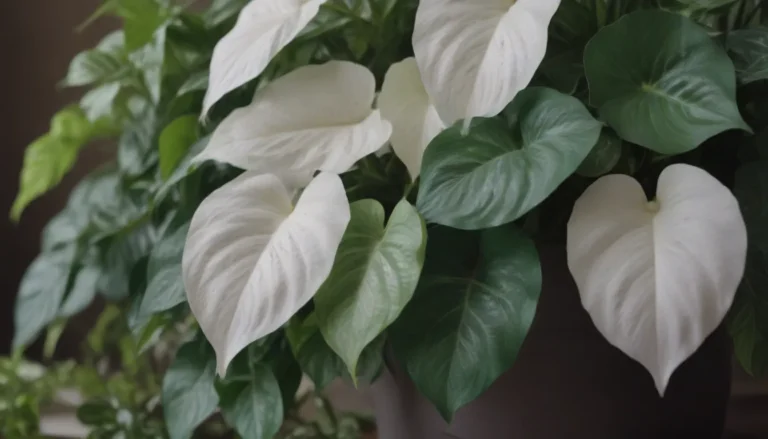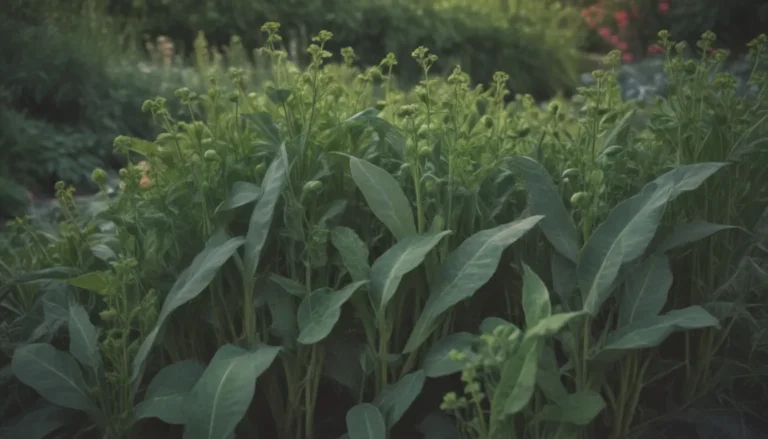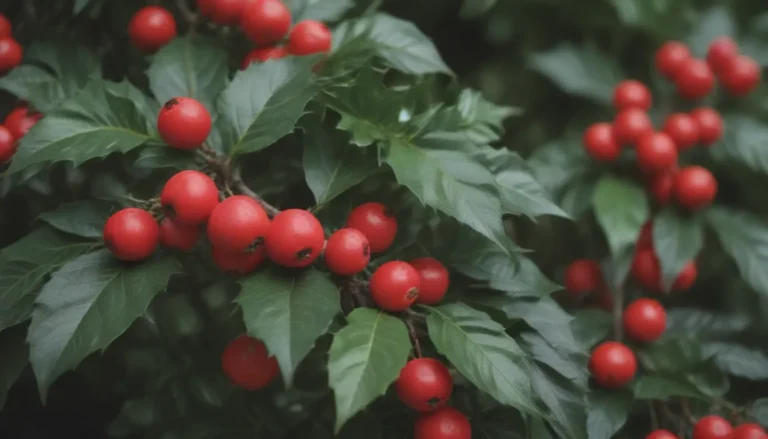A Comprehensive Guide to Growing and Caring for Japanese Pachysandra
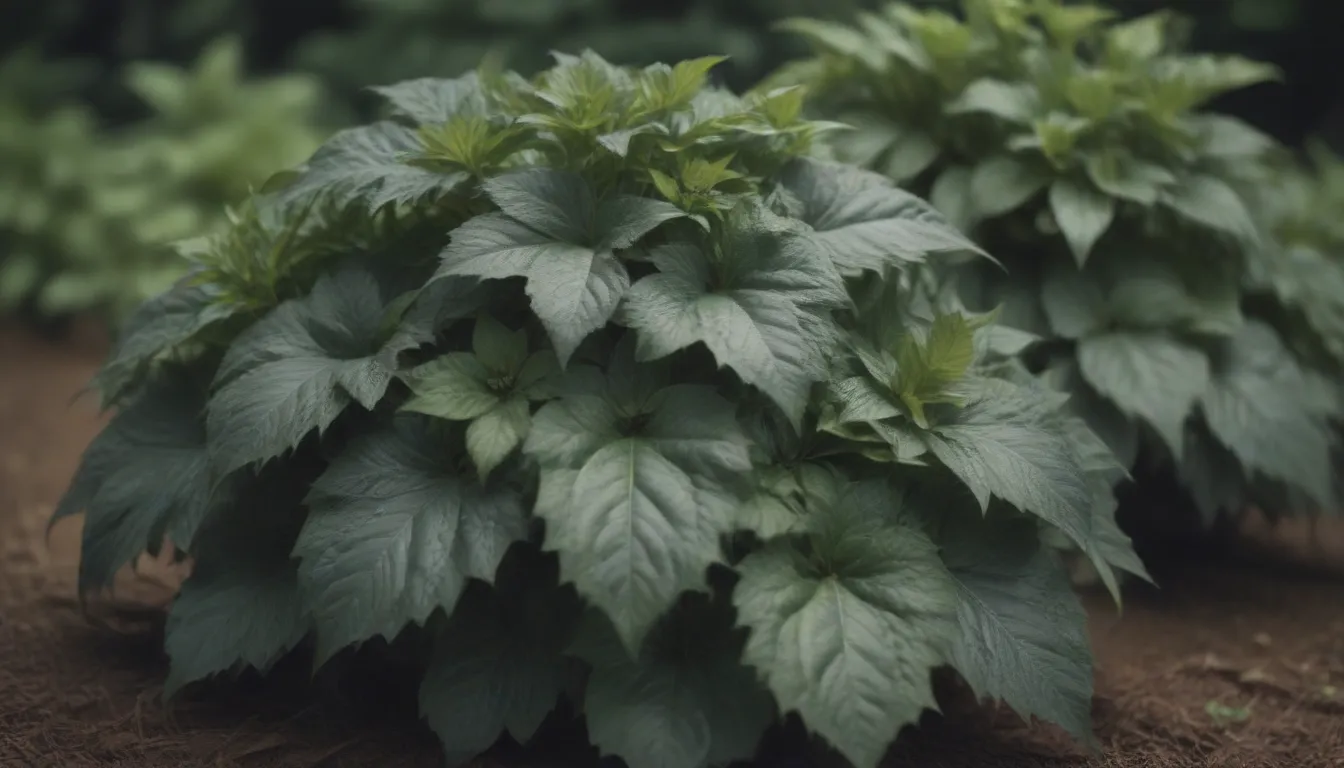
Japanese pachysandra is a versatile and resilient plant that can be a valuable addition to your yard. If you’re looking to enhance your landscaping with a low-maintenance groundcover that thrives in challenging conditions, Japanese pachysandra may be the perfect choice for you. In this in-depth guide, we will explore everything you need to know about growing and caring for Japanese pachysandra, from its unique characteristics to its maintenance requirements.
Understanding Japanese Pachysandra
Japanese pachysandra is an evergreen perennial that features leathery, dark-green leaves and produces white flowers in the spring. Its resilience and ability to thrive in diverse conditions make it a popular choice for many gardeners. Here are some key points to consider when growing Japanese pachysandra:
- Benefits of Japanese Pachysandra:
- Resistant to pests and deer browsing
- Tolerates drought, shade, and heavy clay soils
- Effective groundcover for weed control
However, it is important to note that Japanese pachysandra can be considered invasive in some areas, so proper containment and maintenance are essential to prevent it from spreading uncontrollably.
Japanese Pachysandra Care Tips
Japanese pachysandra is a relatively low-maintenance plant once established. Here are some essential care tips to help you nurture your Japanese pachysandra successfully:
- Light:
-
Best grown in partial to full shade
-
Soil:
-
Grows well in any type of soil, preferably acidic (pH of 5.5 to 6.5) enriched with compost
-
Water:
-
Provide adequate water for establishment, but minimal watering is required once established
-
Temperature and Humidity:
- Tolerant of both summer heat and winter chill
-
High humidity can lead to fungal diseases in dense foliage
-
Fertilizer:
- Japanese pachysandra does not require fertilizer
Types of Japanese Pachysandra
There are several varieties of Japanese pachysandra that you can choose from, each with its unique characteristics:
- Allegheny spurge (Pachysandra procumbens)
- Pachysandra terminalis ‘Green Carpet’
- Pachysandra terminalis ‘Green Sheen’
- Pachysandra terminalis ‘Variegata’
Maintenance Tips for Japanese Pachysandra
In addition to regular care, it is essential to follow these maintenance tips to ensure the health and longevity of your Japanese pachysandra:
- Pruning:
-
Thinning out the plant occasionally provides good air circulation and deters fungal diseases
-
Propagating:
-
Division is the easiest and quickest way to propagate Japanese pachysandra
-
Potting and Repotting:
- Growing pachysandra in pots can help control its growth
-
Use well-draining potting mix and water regularly
-
Overwintering:
- Japanese pachysandra is winter-hardy and does not require winter protection
Common Pests and Diseases
While Japanese pachysandra is generally resistant to pests and diseases, proper care is essential to prevent potential issues:
- Fungal Diseases:
- Lack of air circulation can lead to fungal diseases
-
Remove fallen leaves and avoid overhead watering to prevent leaf blight
-
Winter Damage:
- Excessive sunlight exposure can cause leaf burn in winter
- Plants usually recover in spring but may require extra care
Alternatives to Japanese Pachysandra
If you’re considering other groundcover options for shade, here are some alternatives to explore:
- Periwinkle (Vinca minor):
- Deer-resistant with attractive blue blooms
-
Considered invasive but valued for its beauty
-
Sweet Woodruff:
- Fragrant leaves and deer-resistant
- Dies back in winter but recovers in spring
In conclusion, Japanese pachysandra is a versatile and durable plant that can enhance your landscaping with minimal effort. By following the care tips outlined in this guide and staying proactive in maintenance, you can enjoy the beauty and benefits of Japanese pachysandra in your yard. Experiment with different varieties and explore alternative groundcovers to find the perfect fit for your gardening needs. Happy planting!
